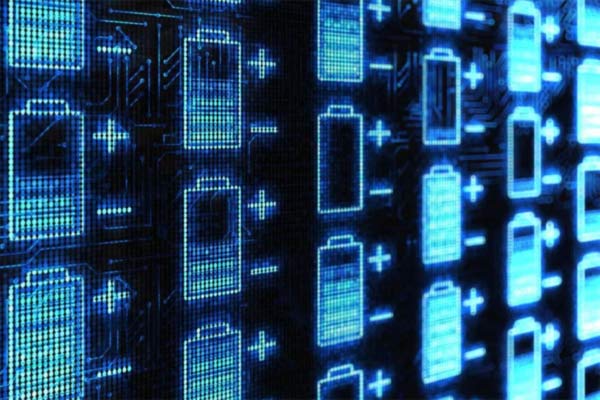At SPI 2017, many companies were offering residential battery storage products. The conversations between attendees and booth attendants quickly revealed a lack of knowledge in the market, on both sides of the trade show booth.
Here are the main types of battery chemistries, and what each has to offer the homeowner. It is not an exhaustive list, but the most relevant for home use.
Flooded Lead Acid has been the staple of storage for many years.
The flooded portion is H2SO4 (sulfuric acid).
It is a good option for certain applications, but not the mainstream residential market. Compared to more recent chemistries, flooded lead-acid batteries require more maintenance, more space in the home and will degrade quickly with use.
They also have lower discharge potential and are not good at storing energy for a length of time, which is essential for blackout protection use. The majority of the home market is seeking a ‘set it and forget it’ product, which lead-acid is not.
Lithium Ion (Lithium Cobalt Dioxide (LiCoO2)) is the battery chemistry that most of the residential market is familiar with.
Commercialized in the early 1990’s, these are used in nearly all of our portable electronic devices; lithium-ion batteries are seemingly everywhere. Lithium-ion provides a very favorable weight-to-storage capacity, meaning they are light relative to the amount of energy they can store.
One key benefit of lithium-ion is price, with production enjoying economies of scale that will continue to bring down the cost per kWh stored. They are virtually zero maintenance, hold their charge well and can have a life over 10 years, depending on how deeply and often they are discharged.
Lithium-Ion batteries come with drawbacks.
Most concerning is they give off heat when discharged, and in rare cases suffer from thermal runaway, a chemical condition where the chemistry inside the battery creates more heat than can be dissipated, and heat production spins out of control, resulting in a fire.
Another safety concern is their combustion if punctured.
A concerning drawback is that the battery will lose its potential to hold power if frequently discharged, and the deeper the discharge, the greater the capacity loss over time. This nuance is evident in product warranties, which reveal an expected loss of storage capacity after 5-years.
To the homeowner, this means five years from now the 10 kWh battery will perform more like an 8 kWh battery. Also, and contrary to what is found in product marketing materials, discharge of over 80 percent is a practice to avoid.
Adding this to the degradation, this means that after 5 years of daily use, the functional capacity of a lithium-ion battery is about 64 percent of the stated capacity.
Lithium Iron Phosphate (LiFePO4) is the third chemistry and newest battery chemistry technology.
The most significant benefit of Lithium Iron for in-home use is its stability. No heat, thermal runaway risk or sparking if punctured.
Additionally, it can be discharged deeper and longer than Lithium Ion. A lithium Iron battery will last over 10 years with daily discharges of 80 percent or more. An added benefit is that this chemistry is naturally occurring and non-toxic, whereas cobalt used in lithium-ion batteries is toxic.
The most notable drawback of lithium iron is that it is more bulky and heavier than lithium-ion. Another drawback is availability, with only one battery manufacturer using this chemistry in the market, supply can be daunting.
Lithium-ion is currently the more popular chemistry among battery offerings. However, as the market evolves, the chemistry most accepted by the market, be it these or something yet unknown, remains to be seen.
—
This article is written by Chris Gorski for pvbuzz.com. It is edited by Derick Lila
Director of Special Projects for RGS Energy and is currently leading the commercialization of the company’s battery portfolio. He takes revenue-generating ideas from conception to full commercialization and revenue generation.















Comments